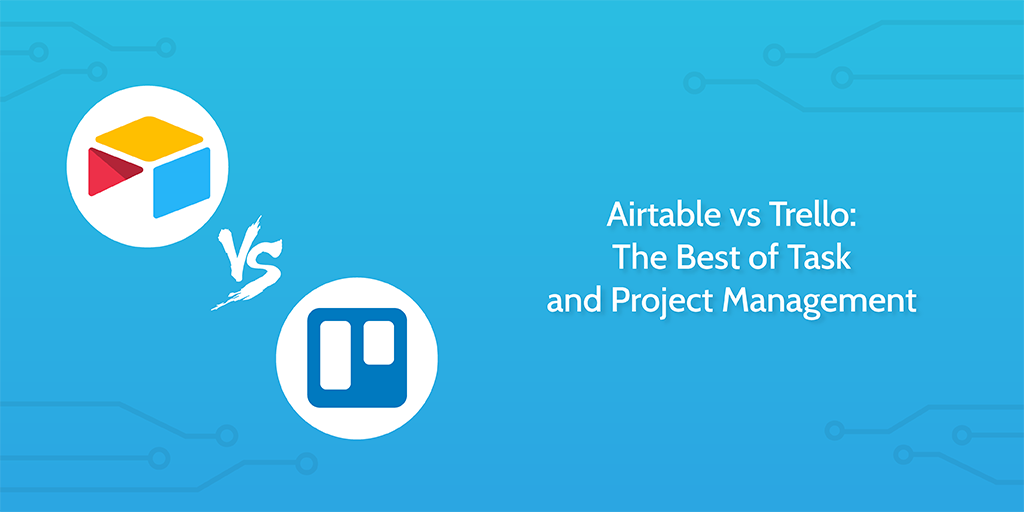 This is a guest post written by Andre Pinantoan who is currently the Head of Growth at AI coaching startup, Fingerprint for Success. He was previously Head of Growth at multiple high growth companies such as Canva.
This is a guest post written by Andre Pinantoan who is currently the Head of Growth at AI coaching startup, Fingerprint for Success. He was previously Head of Growth at multiple high growth companies such as Canva.
The COVID-19 pandemic has plunged a lot of us into the deep end, and many people have had to adapt to new ways of working. This includes how to effectively run remote meetings on a regular basis that actually have some productive value.
It’s one thing to hold a virtual conference once in a while. But when it’s one of your primary tools for communicating, coordinating, and just generally getting your team on the same page, it can either be the best thing for efficiency or a complete failure.
Truth be told, research shows that meetings already had a bad reputation pre-COVID. A survey conducted in 2018 with more than a thousand workers in the US showed that one in four people felt meetings are a waste of time. Add to that the “online” factor, and conducting useful meetings starts to get way harder for a lot of people.
I personally felt the steep learning curve during the initial months of adapting to our new way of working. As a team leader, I’ve always felt that being physically present and giving my time to members has been a key way of supporting them. So I had to find a way to channel my presence digitally.
Through these challenges, we’ve learned and adapted. As always, it’s crucial to understand what’s not working and try to make things better. Along the way, we even found some surprising benefits of conducting meetings virtually.
In this Process Street article, I will share the difficulties we faced when transitioning to full-time remote communication and how my team managed to overcome them.
- Problem 1: Too many unnecessary meetings
- Problem 2: Non-verbal cues are harder to express, read, and, utilize
- Problem 3: Introverts get lost in the conversation more easily, and extroverts dominate
- Problem 4: Action points get forgotten post-meeting
- Problem 5: Technological and “ways of doing things” problems
- Problem 6: People get tired and lose concentration faster”
- Collaborate, but don’t forget to connect
- Using Process Street to run remote meetings (that don’t suck)
Let’s get started!
Continue Reading







 Once upon a time, the island nation of Sri Lanka was called “Serendip,” a word derived from Sanskrit which means Dwelling-Place-of-Lions. (Lovely, right?).
Once upon a time, the island nation of Sri Lanka was called “Serendip,” a word derived from Sanskrit which means Dwelling-Place-of-Lions. (Lovely, right?).






